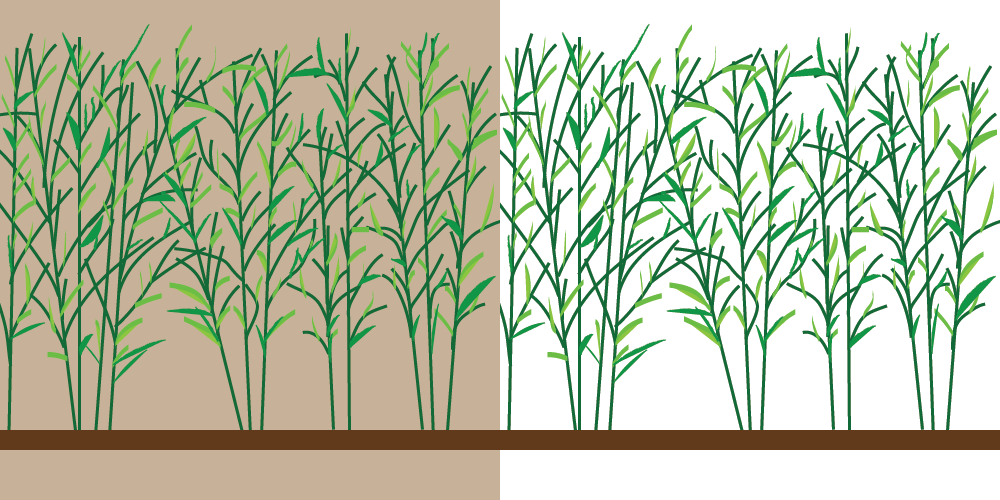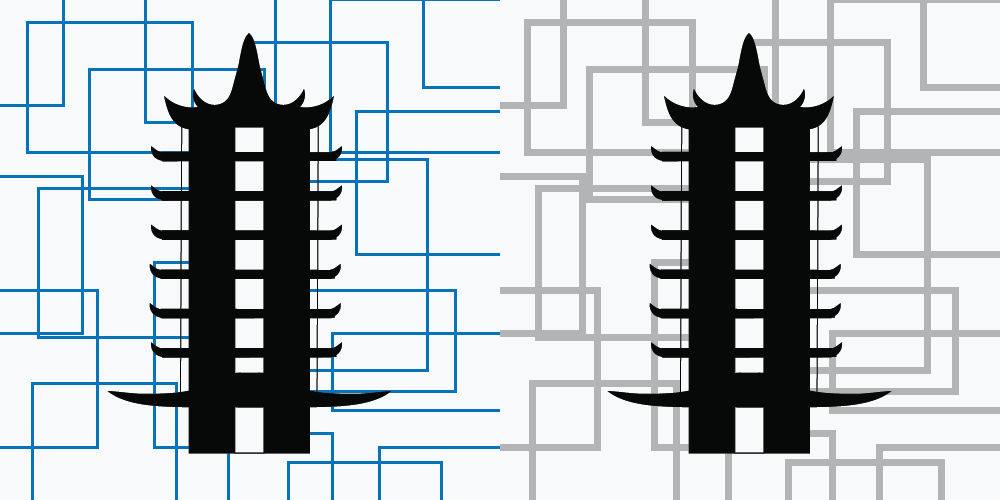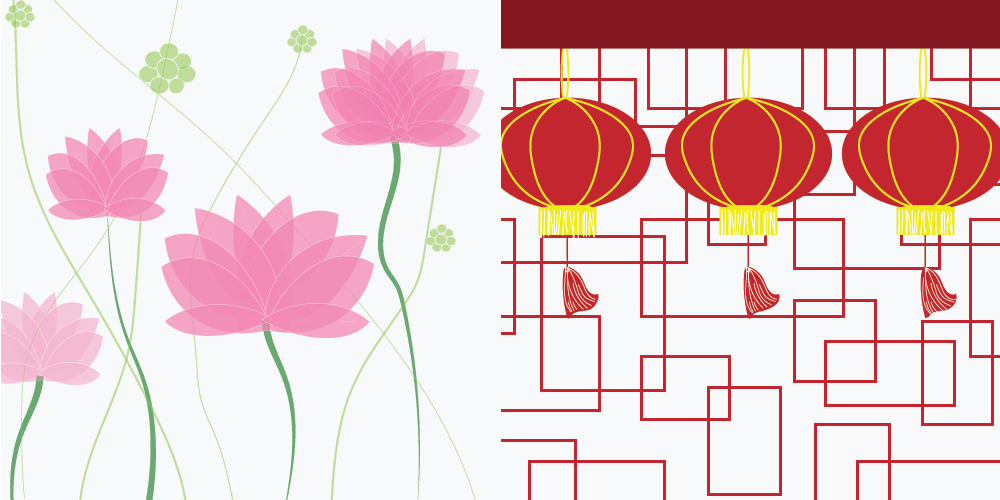Tea Leaf Jars Design
By Florence Yip
The design of the tea leaf jars is crucial to the implementation of the proposed game, as the jars play an important role in delivering the 'Ancient China' theme of the room, and they are the major components that guests are going to interact with during the game. Thus, the goal of this concept refinement is to focus on the design aesthetics of the tea leaf jars, such that they closely resemble ancient Chinese jars while also designing for the anticipated user interactions (spinning, grabbing, and potential pushing/ pulling of the jars).
In addition to all the designs and analysis below, I also created the new storyboard for the team. See here.
Structure
While most antique Chinese jars are more cylindrical with a curved surface, the jars in this game would be close to a block with four sides, so that the 4 patterns could be easily differentiable. With that in mind, below are a few illustrations of possible shapes of the jars. (Note: These are all 2D illustrations showing the proportions and profile of the jars. For 3D rendering, see Rushil Batra's page)
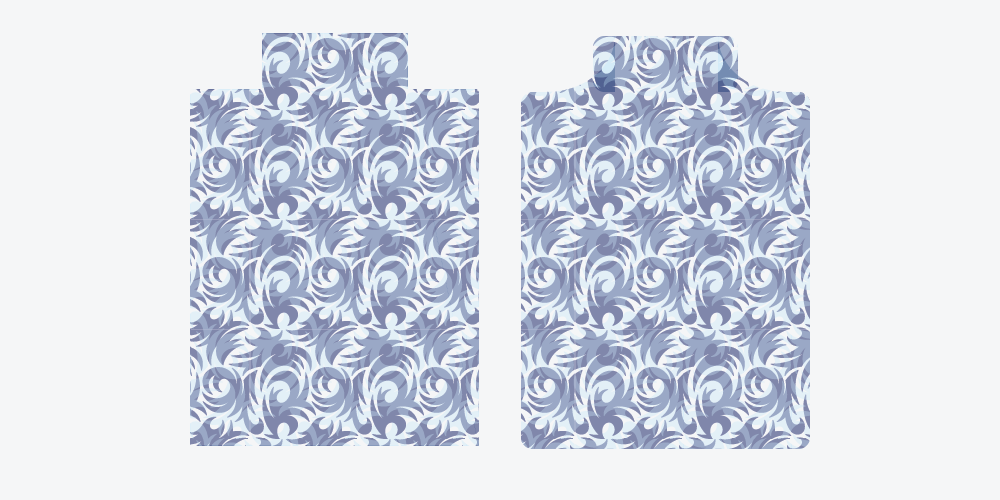
The two illustrations above shows jars of basic rectangular prisms. The one on the right has slightly rounded corners, which gives a more inviting and sophisticated vibe than the one with sharper corners.
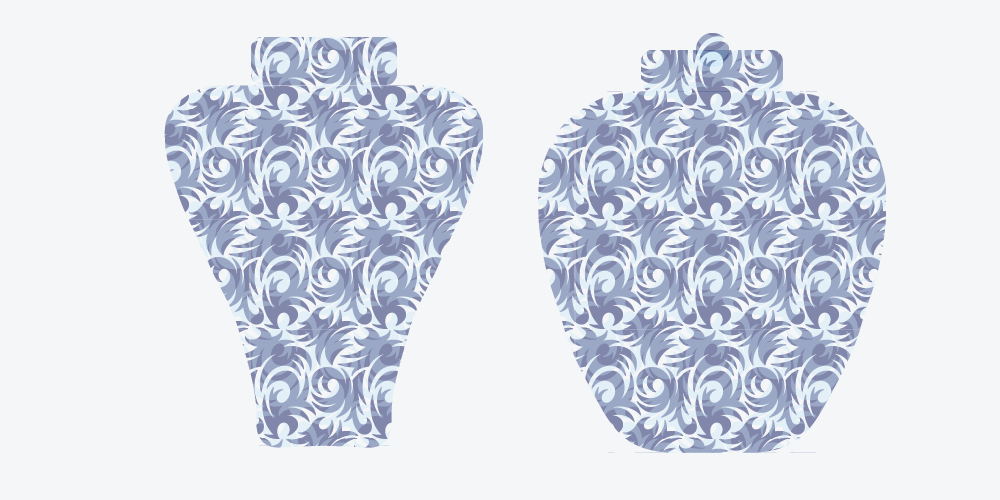
These two illustrations shows jars that taper down. The one on the left has a larger taper, which makes it look more structured. However, the larger curvature of the right gives a more fluid and welcoming atmosphere, which is more fitting to the tea room theme. Also, the larger surface area of the shape on the right would provide more space for illustrating the patterns.
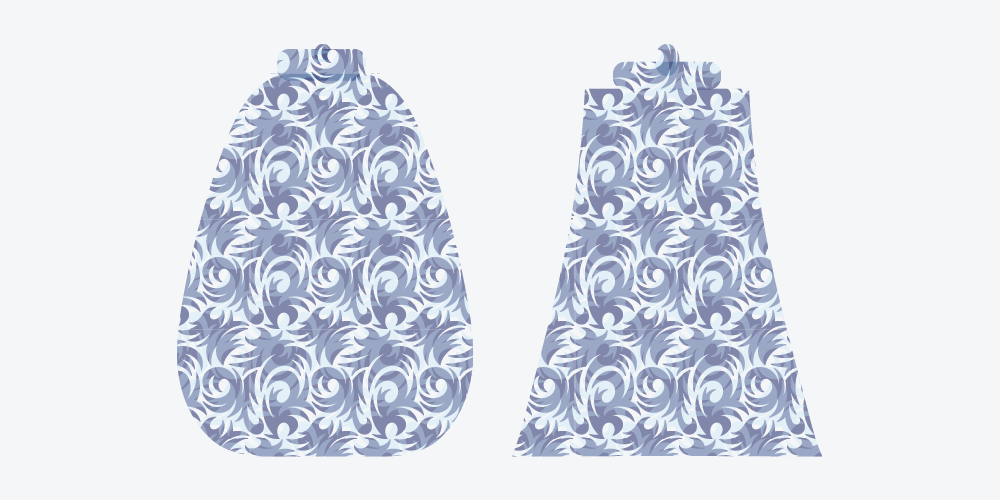
The last two illustrations shows jars that taper upward. The roundness of the first profile gives a more sluggish vibe, which is not ideal in a fast-paced game. The one on the right gives a more sophisticated feeling that suits the room theme.
Materials and Surface Texture
Ancient Chinese pottery are typically made of (polished) wood, terra cotta , or porcelain. As the guests would be touching and spinning the jars a lot, it would be ideal that the jars have a surface texture that is reasonably close to ancient Chinese jars. The pictures below show Chinese jars made of terra cotta, wood and porcelain respectively (picture source: Pinterest and Golden Lotus Antiques)
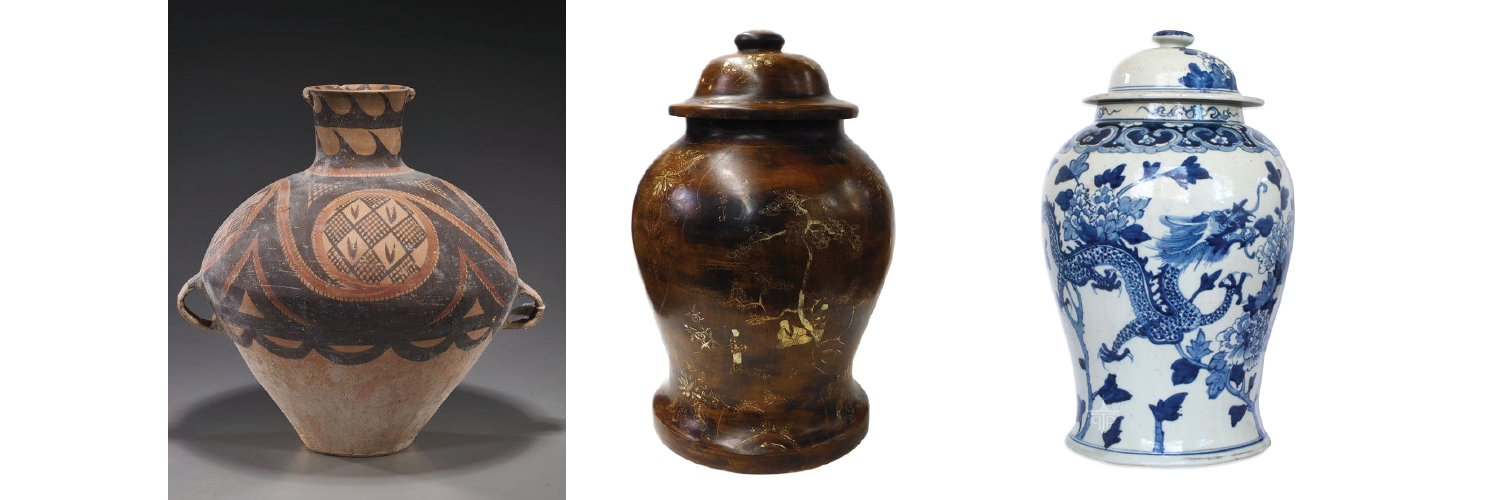
Ancient Chinese terra cotta jars are usually not polished and have a slightly rough surface, which gives a very practical and simple vibe. However, the concern of having such a finish on the jars would be the user interaction - as guests would be spinning the jars frequently in the game, the rougher surface may cause some of them discomfort when they have to constantly rub their hands against the terra cotta. On the other hand, while porcelain finished jars tend to give a more refined vibe and may make the room look more decorated and grand, it does not fit the designed game - one would anticipate guests running around the room and climbing on the shelves, and jars with a porcelain finish may seem too delicate for the environment.
Considering user interface and the room vibe, a wood texture seems to be the best for the tea leaf jars. When polished to the right amount, it could give a slighly rough surface that mimics real antique Chinese jars and helps delivering the immersive experience without causing guests' discomfort. It could also present a sophisticated vibe without being too delicate for the game. Therefore, it would be best that the jars would be made out of lightweight wood - it suits the room theme and game experience, and also would not be too heavy to have a lot of them lined up on the shelves.
Another idea to help make the jars more realistic is to create 'fake' cracks on the surface of the jars, either by making indentations on the jars, or have the cracks painted on the jars.
Details and Design
In the proposed game, the jars each have four sides with different patterns on them, and guests have to spin the jars to the right orientation within the allotted time. Thus, numerous jar patterns have been designed. The patterns could be grouped into two categories - geometric patterns and patterns with distinctive features. While the patterns with distinctive features (such as animals and plants) are easily identifiable, the geometric patterns are designed to be more difficult to remember to make the game more challenging. Some examples of the geometric patterns could be found below.


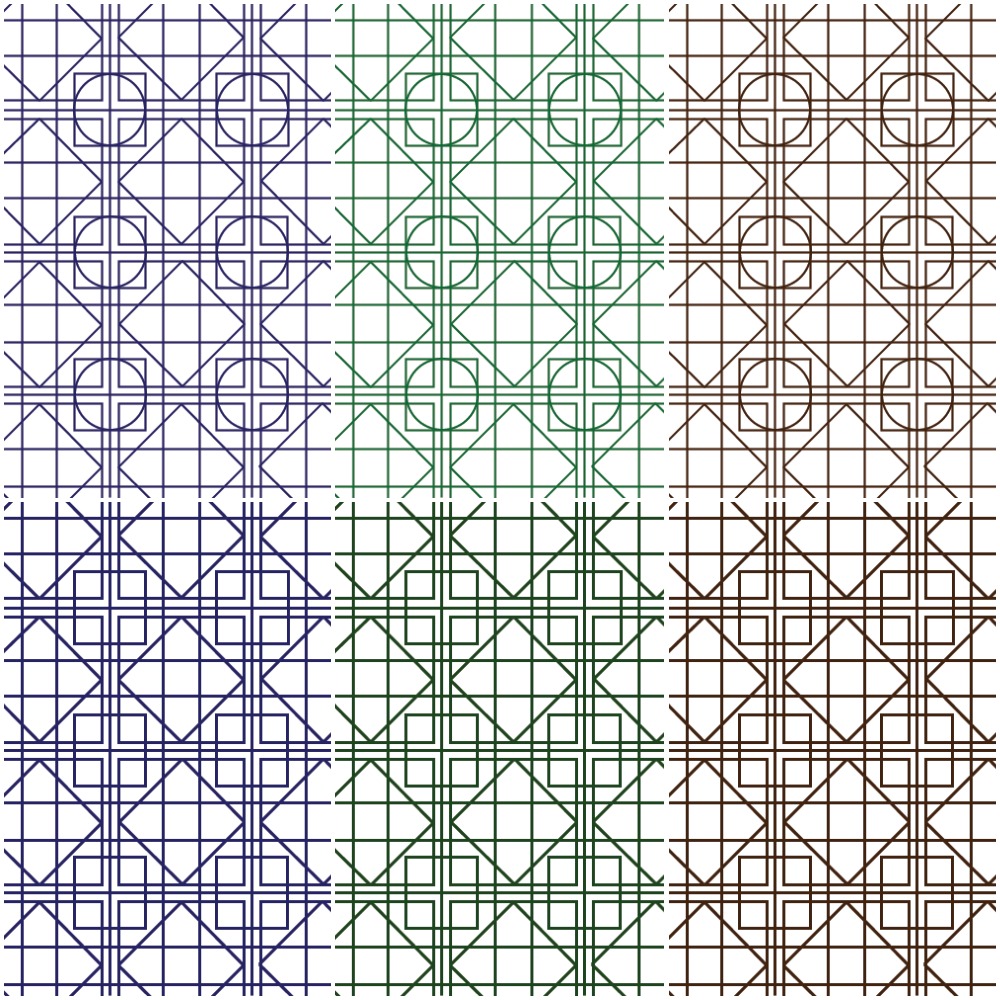
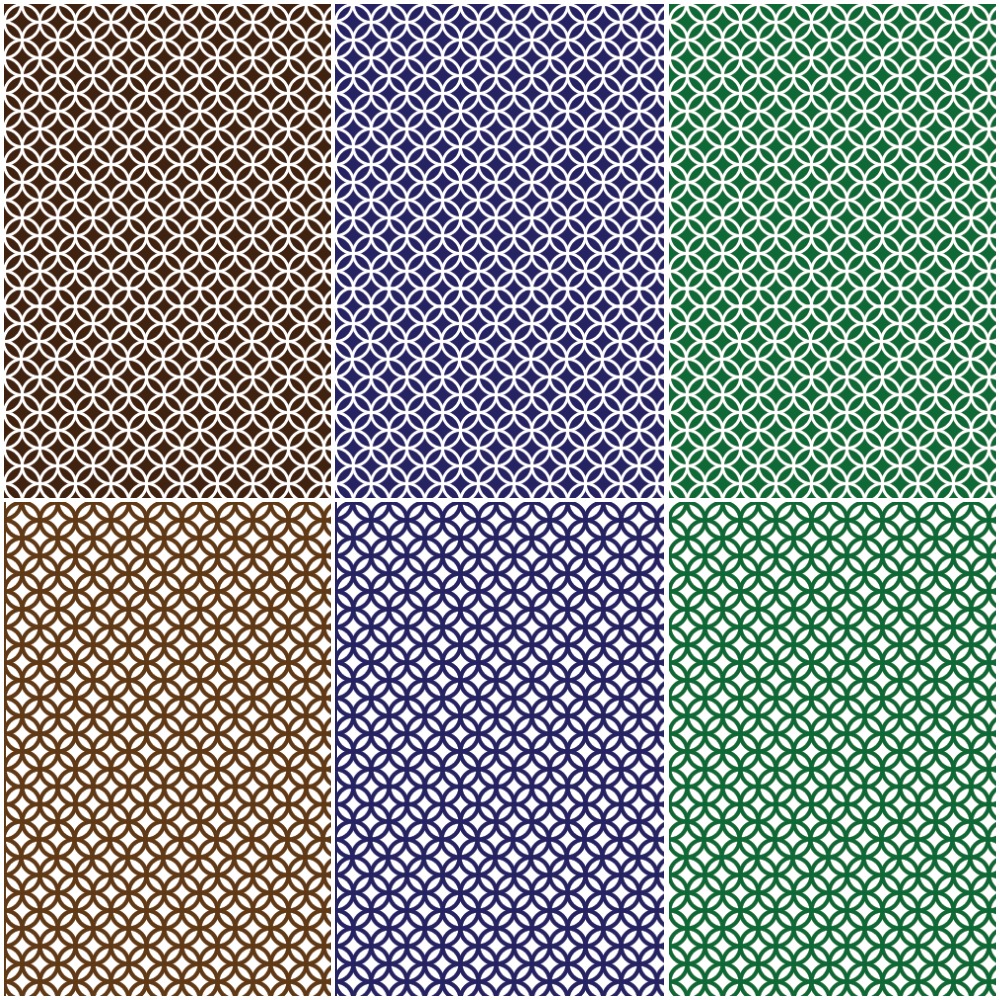
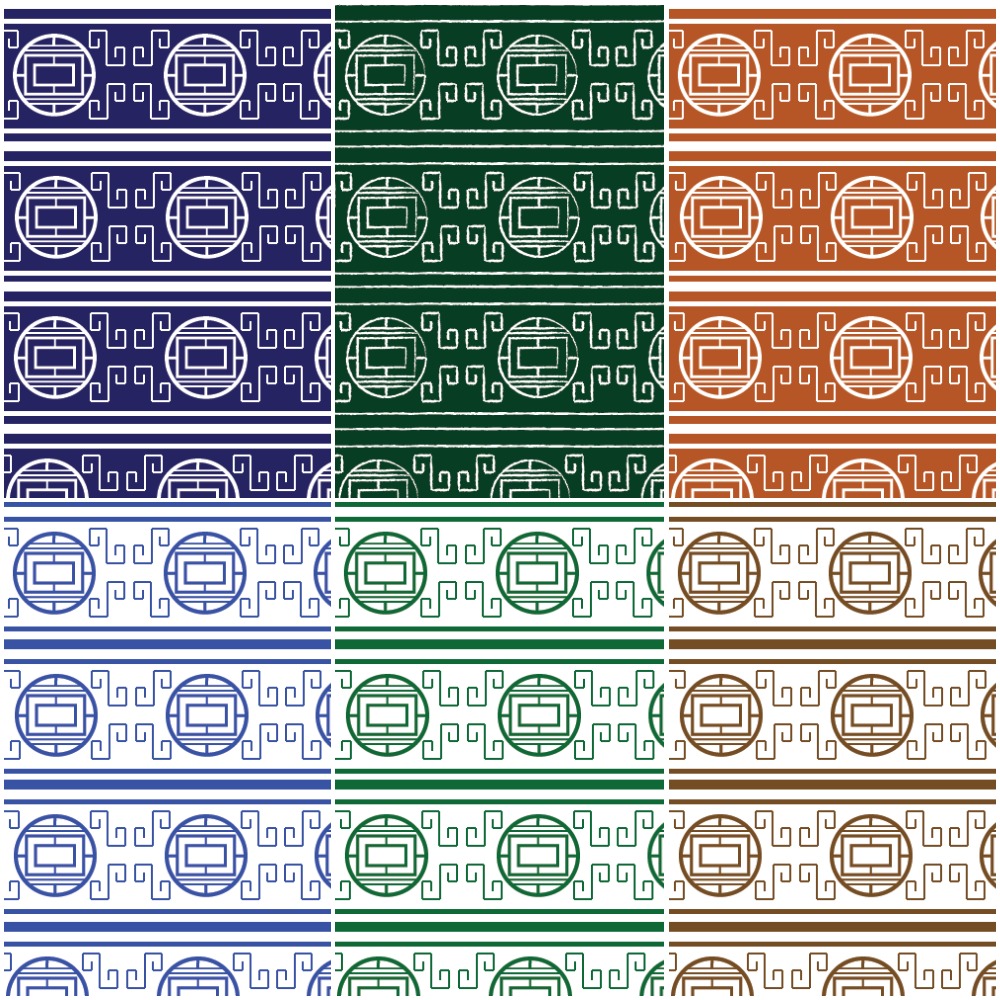
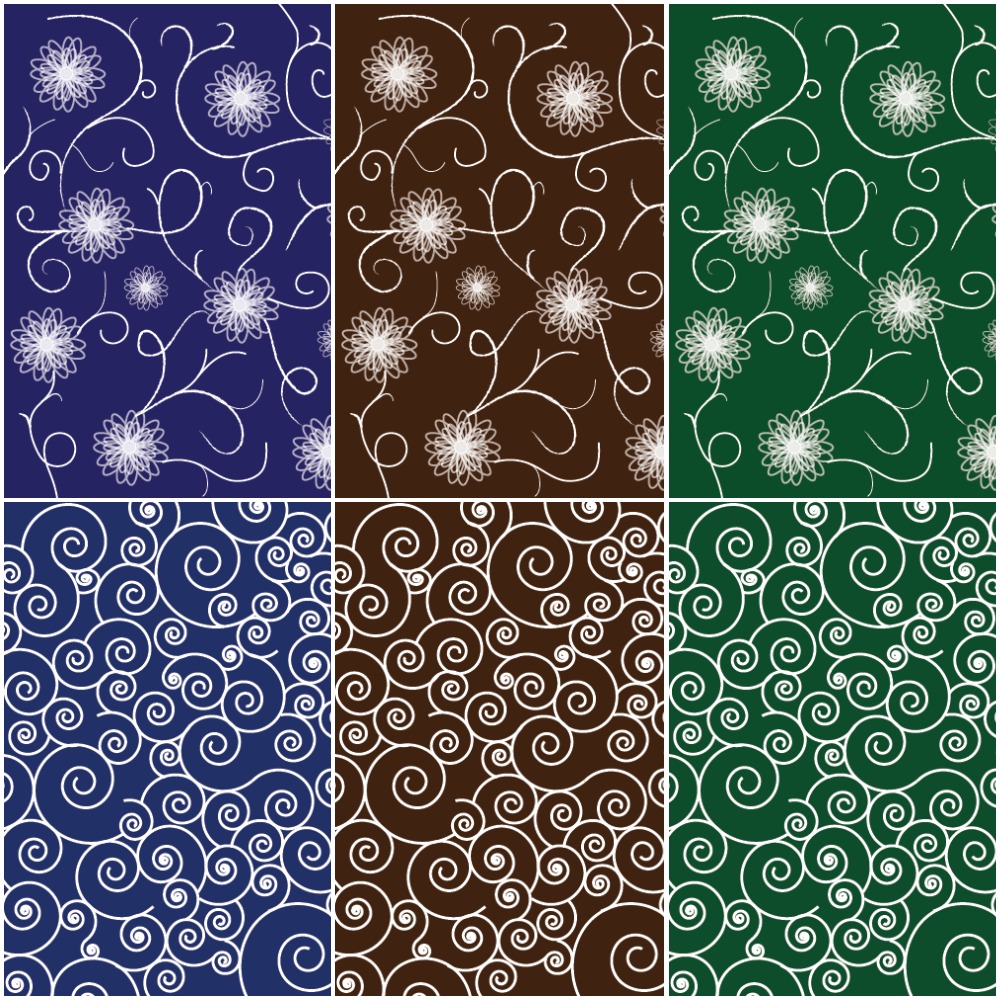
These patterns were all made using Illustrator, using basic geometric shapes such as squares, circles, and spirals. As shown in the figures above, multiples of patterns could be produced by simply changing the color scheme and adding/ subtracting lines/ small shapes. In the above pattern designs, the colors used are mostly dark blue, brown (or dark red), and dark green, contrasting with white. These colors are chosen because they give a more calm feeling (which helps delivering the tea room vibe) as compared to brighter colors. Also, these colors are often used in ancient Chinese pottery. As there may be guests who are color-blind playing the game, it is crutial that none of the jars have two sides of the same pattern with different colors.
Other than the geometric patterns, a number of patterns with distinctive features are also designed. Below are the designs with animals important to the Chinese culture, such as the 12 zodiac animals and panda. Again, all of them are made using Illustrator.

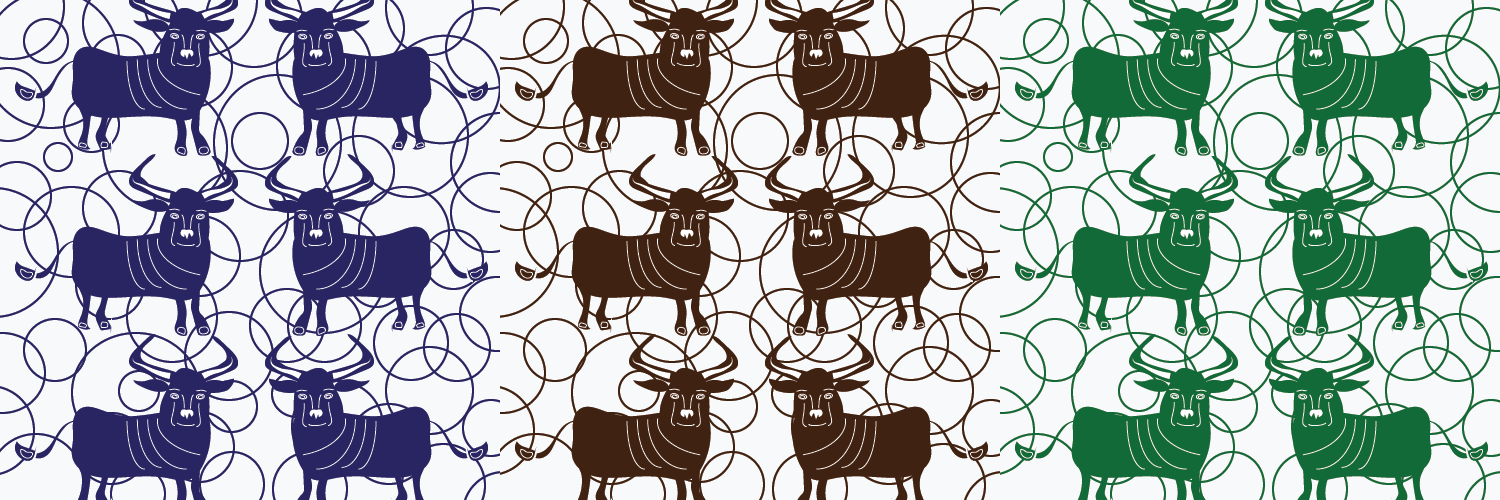
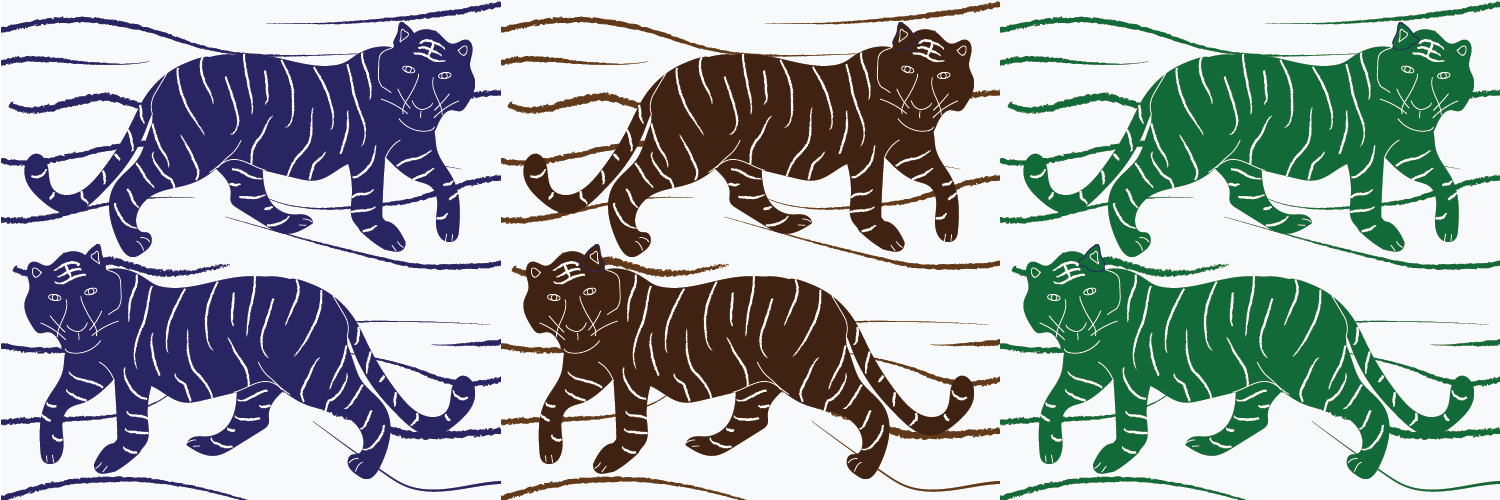
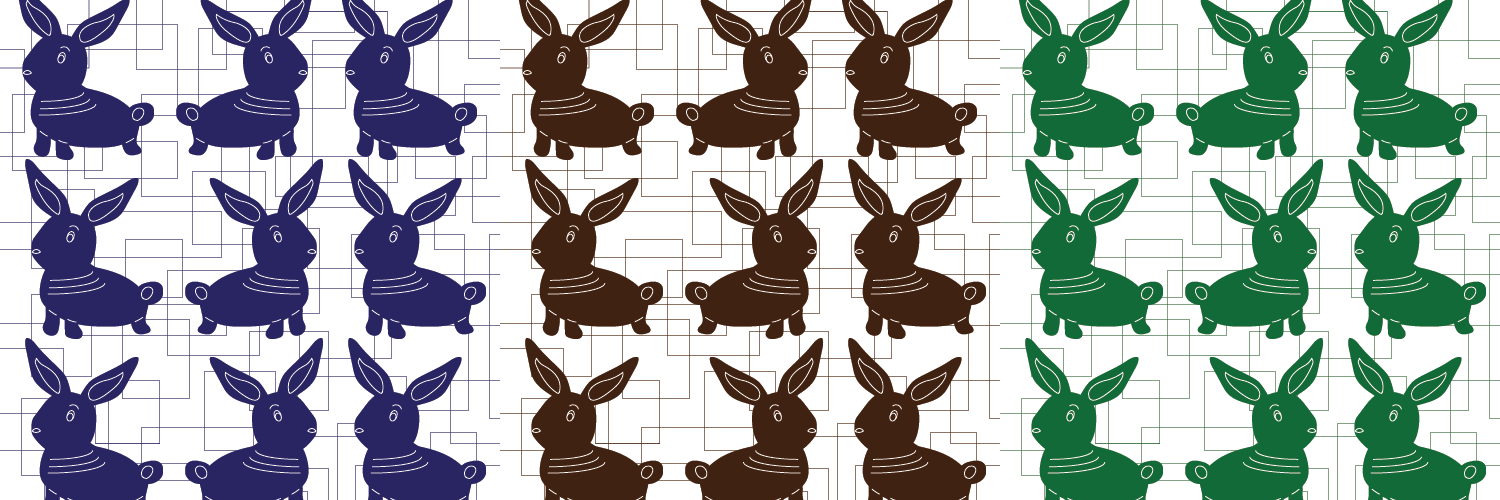
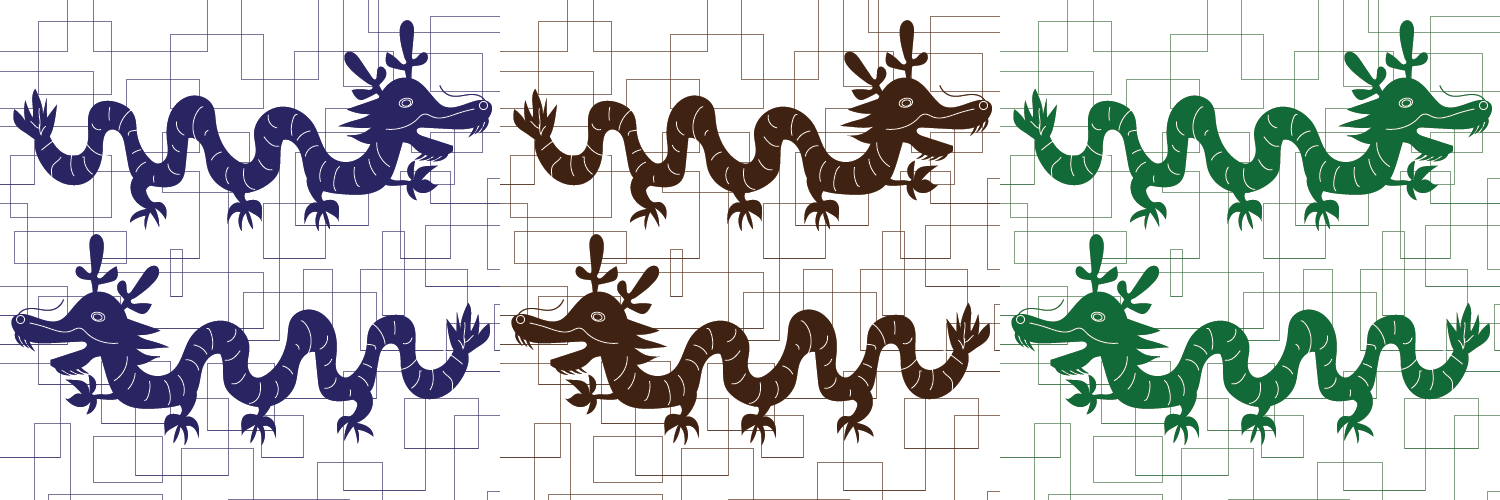
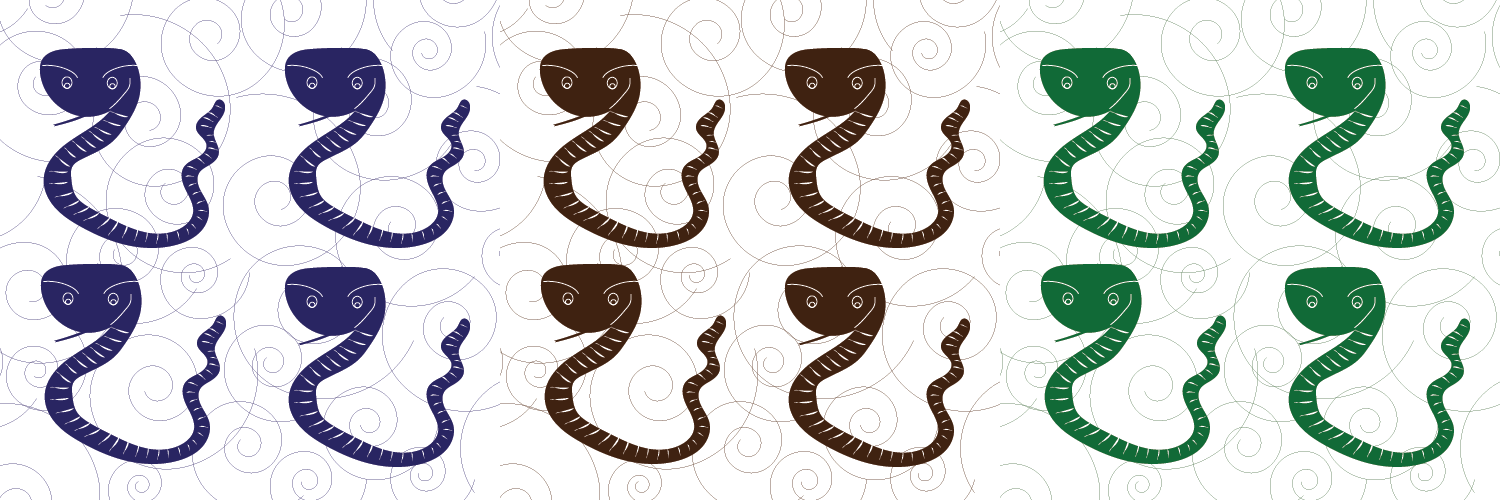
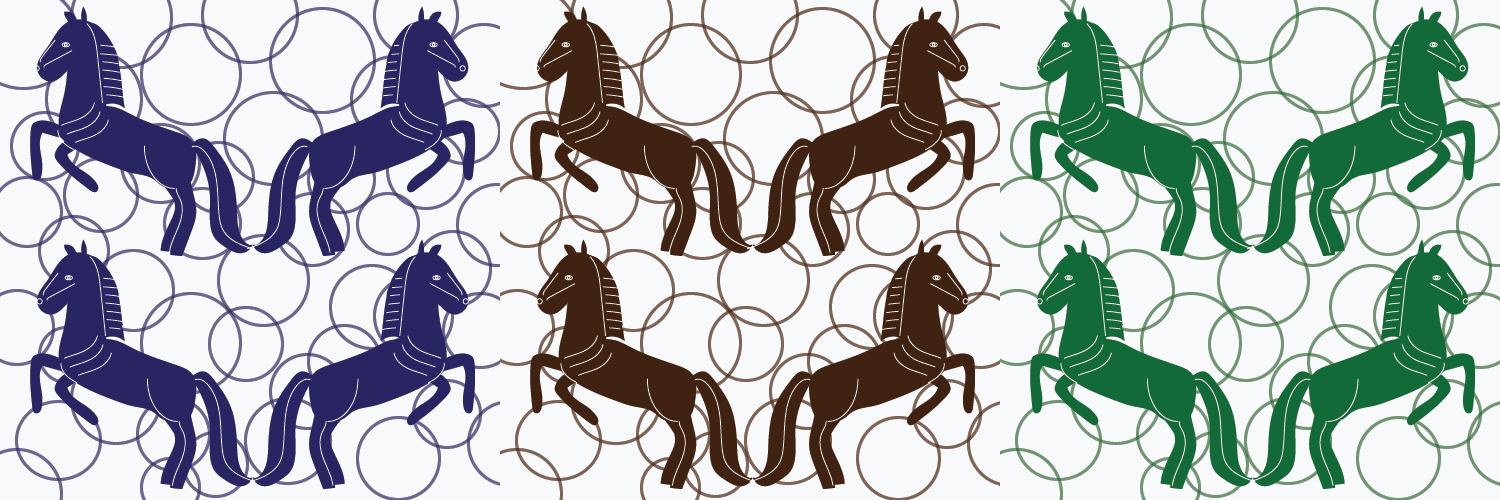
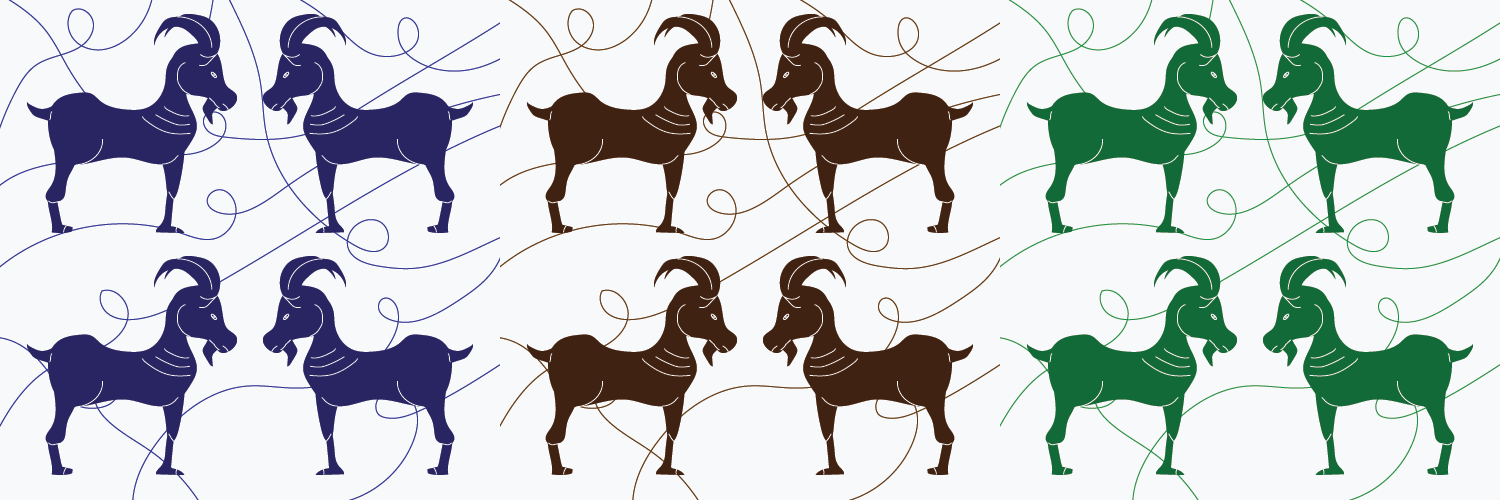
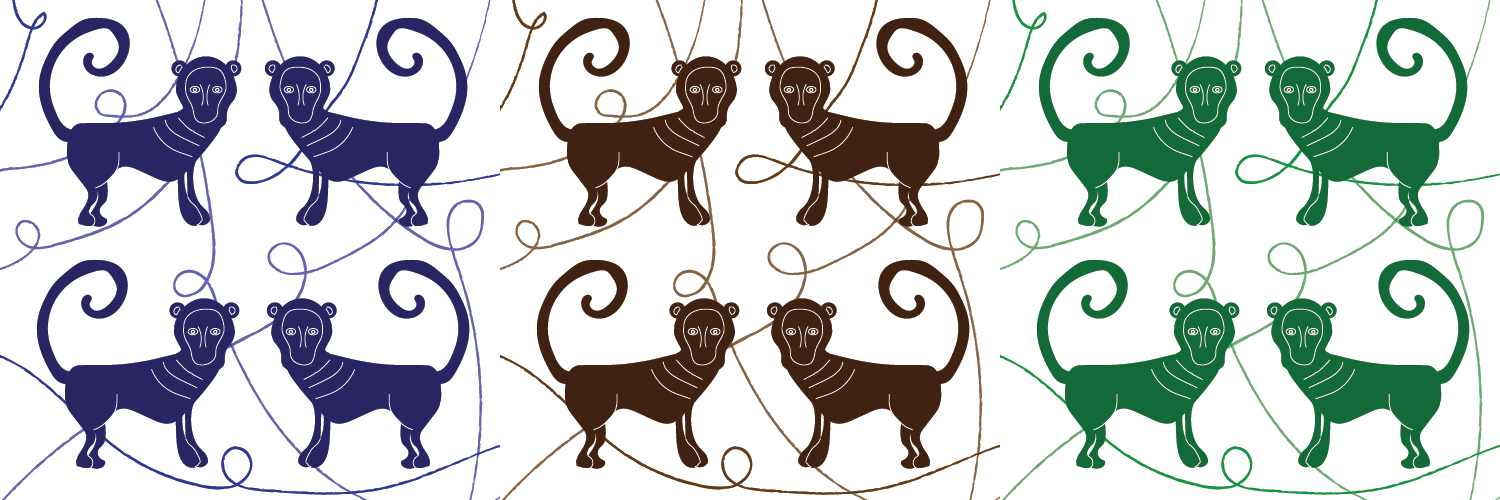

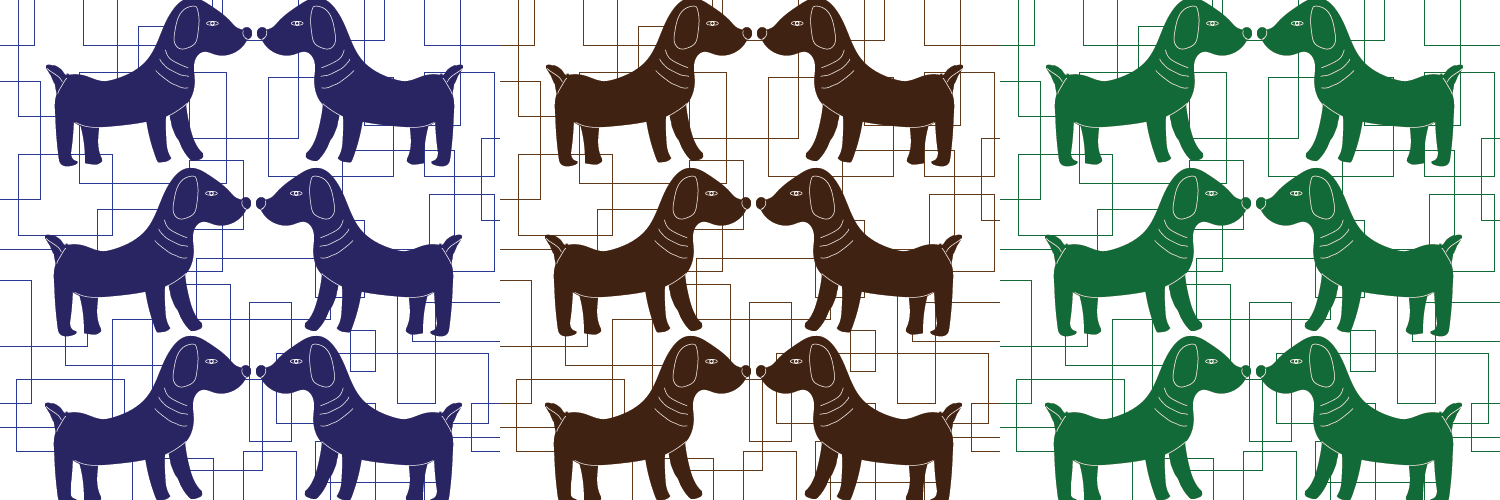
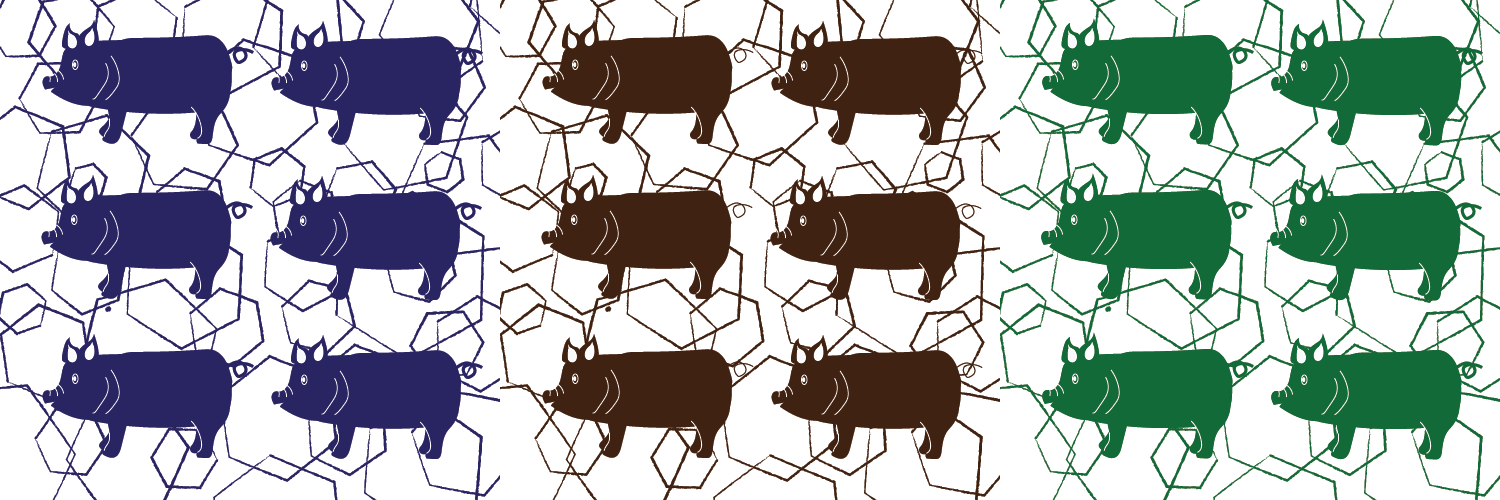
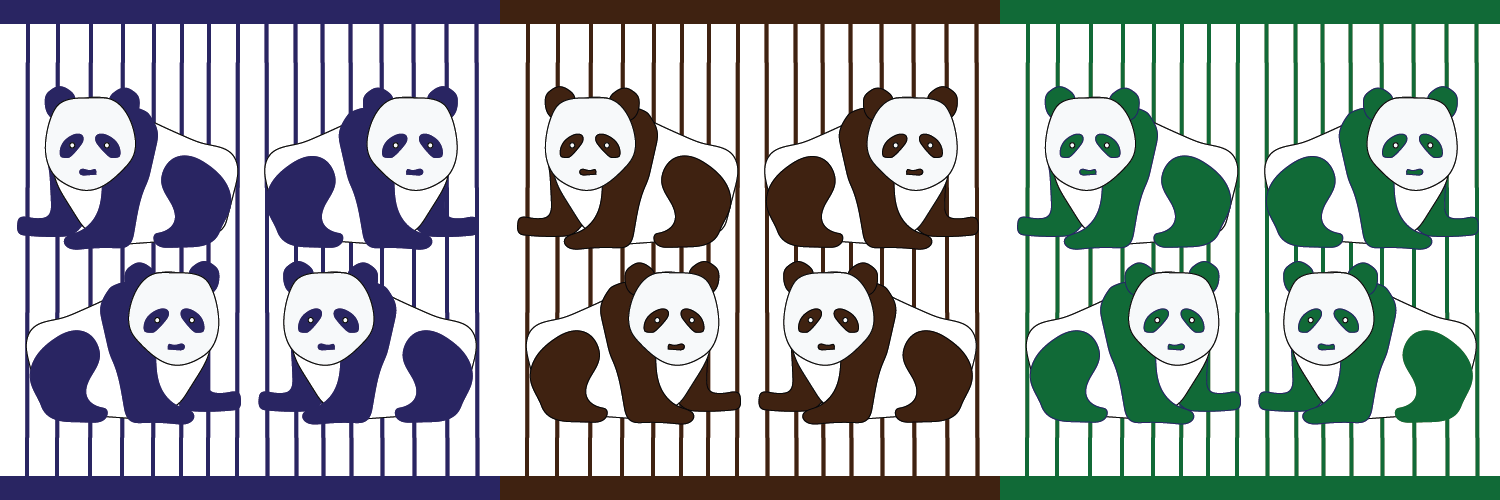
Other than animals, a few designs with other distinctive Chinese objects such as bamboo, pagoda, lotus flowers and lanterns.
